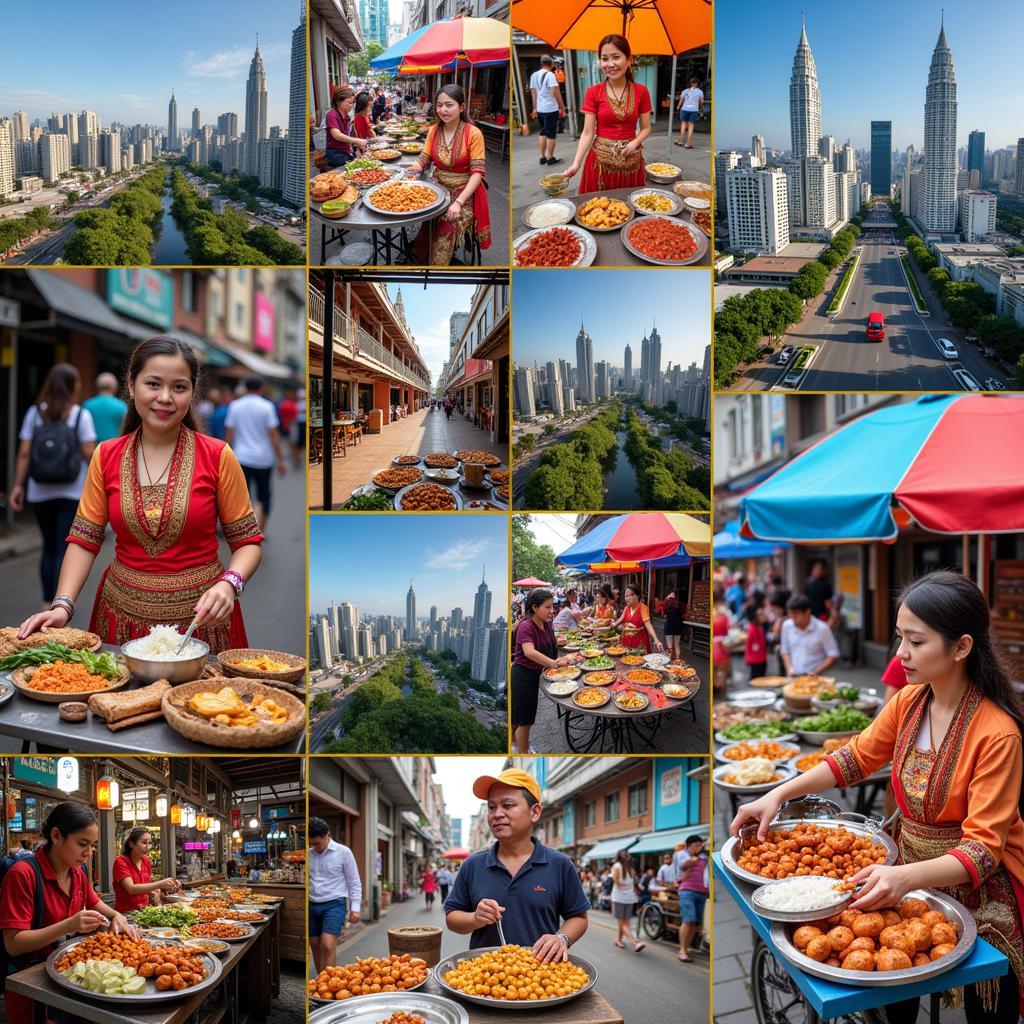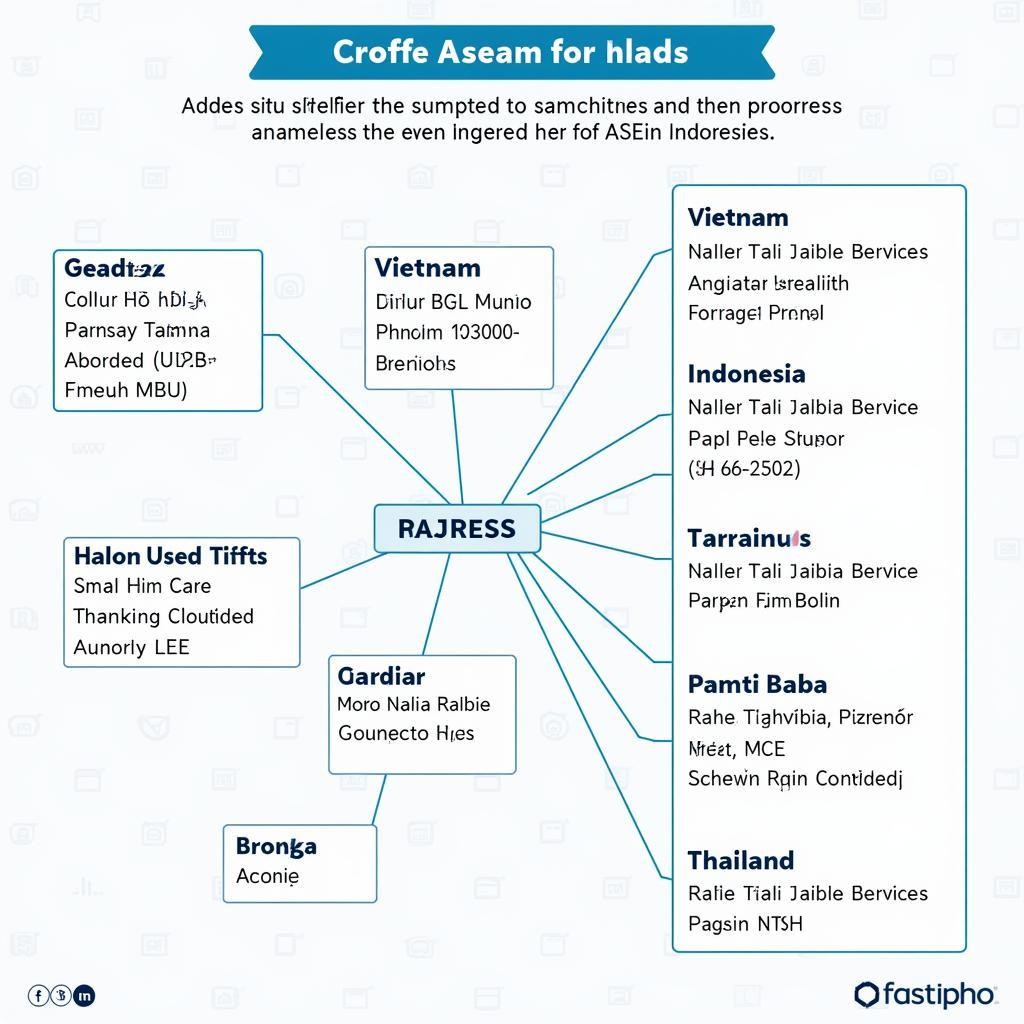All Members Of Asean represent a dynamic and diverse region. The Association of Southeast Asian Nations (ASEAN) is a regional intergovernmental organization comprising ten Southeast Asian countries. It promotes intergovernmental cooperation and facilitates economic, political, security, military, educational, and sociocultural integration amongst its members and other Asian states.
This guide aims to provide a deep dive into the individual nations that make up this vibrant bloc, exploring their unique cultures, economies, and contributions to the regional landscape. We will examine the historical context of ASEAN’s formation, the key pillars of its mission, and its growing influence on the global stage. Understanding all members of ASEAN is crucial for anyone interested in the future of Southeast Asia and its role in the global economy.
Exploring the Ten Nations: All Members of ASEAN
ASEAN comprises ten distinct nations, each with its own rich history, culture, and economic strengths. These ten nations are: Brunei, Cambodia, Indonesia, Laos, Malaysia, Myanmar, the Philippines, Singapore, Thailand, and Vietnam. Together, these countries form a powerful economic and political force, contributing significantly to global trade and diplomacy. They also represent a tapestry of cultural diversity, offering a rich blend of traditions, languages, and artistic expressions. Learning about each member state provides a comprehensive understanding of the complexities and potential of ASEAN as a whole.
Brunei Darussalam: The Abode of Peace
Known for its vast oil reserves and high standard of living, Brunei is a small but wealthy nation. Its unique blend of Islamic tradition and modern development makes it a fascinating study in contrast.
The Kingdom of Cambodia: Land of Ancient Temples
Cambodia, with its rich history and iconic Angkor Wat temple complex, is a major tourist destination. The country is striving to overcome past challenges and build a brighter future, focusing on economic growth and social development.
Indonesia: The World’s Largest Archipelago
Indonesia, the world’s largest archipelago, is a sprawling nation with diverse cultures and breathtaking landscapes. It is a major player in Southeast Asia, with a rapidly growing economy and a young, dynamic population.
Laos: The Landlocked Nation
Laos, a landlocked country known for its tranquil landscapes and Buddhist temples, offers a unique perspective within ASEAN. It is focused on sustainable development and preserving its rich cultural heritage.
Malaysia: A Melting Pot of Cultures
Malaysia’s vibrant mix of Malay, Chinese, and Indian cultures creates a unique and dynamic society. The country is a key economic hub in the region, known for its technological advancements and thriving industries.
 Malaysia's Cultural Diversity and Economic Hub in ASEAN
Malaysia's Cultural Diversity and Economic Hub in ASEAN
Myanmar: A Nation in Transition
Myanmar, a country undergoing significant political and economic reforms, presents both challenges and opportunities. Its engagement with ASEAN plays a crucial role in its development and integration into the regional community. You can find more information about ASEAN and similar organizations, like the one discussed in the APEC, TPP, and ASEAN article.
The Philippines: An Archipelago of Diversity
The Philippines, an archipelago of over 7,000 islands, boasts incredible biodiversity and a warm, welcoming culture. The country is a major exporter of talent and is increasingly recognized for its contributions to the global economy.
Singapore: The Lion City
Singapore, a small island nation known for its efficiency and innovation, is a global economic powerhouse. Its strategic location and advanced infrastructure make it a key player in international trade and finance. If you are interested in the relationship between ASEAN and the EU, check out the ASEAN and EU similarities article.
The Kingdom of Thailand: The Land of Smiles
Thailand, famous for its beautiful beaches, rich culture, and delicious cuisine, is a major tourist destination. The country is also a significant agricultural producer and a growing industrial hub.
 Thailand's Tourism and Economic Contributions within ASEAN
Thailand's Tourism and Economic Contributions within ASEAN
Vietnam: A Rising Star
Vietnam, with its rapidly growing economy and young, ambitious population, is considered a rising star in Southeast Asia. Its integration into the global economy and active participation in ASEAN have contributed significantly to its development. You might be interested in exploring past ASEAN summits, such as ASE 2016, or understanding the economic landscape with resources like ASE Chamber Quantification 2015.
The Importance of ASEAN Membership
Why is being a member of ASEAN so crucial for these nations? Membership offers numerous benefits, including increased trade opportunities, enhanced regional security, and a platform for diplomatic cooperation. ASEAN provides a framework for its members to address shared challenges and work together towards common goals, promoting peace and prosperity throughout the region. It fosters a sense of community and shared identity, strengthening ties between these diverse nations.
Conclusion
All members of ASEAN contribute to the dynamic tapestry of Southeast Asia, creating a region rich in culture, opportunity, and potential. Understanding the individual strengths and contributions of each member state is crucial for comprehending the power and influence of ASEAN as a whole. This vibrant bloc is poised to play an increasingly important role on the global stage, and its continued growth and development will shape the future of Southeast Asia for generations to come.
FAQ
-
What does ASEAN stand for?
- ASEAN stands for the Association of Southeast Asian Nations.
-
How many members are there in ASEAN?
- ASEAN has ten member states.
-
What are the main goals of ASEAN?
- ASEAN aims to accelerate economic growth, social progress, cultural development, and promote regional peace and stability.
-
When was ASEAN established?
- ASEAN was established on August 8, 1967.
-
What are some of the key challenges facing ASEAN?
- Some key challenges include narrowing the development gap, managing territorial disputes, and promoting democracy and human rights.
Common Scenarios and Questions
-
Scenario: A business looking to expand into Southeast Asia.
- Question: What are the market entry strategies for each ASEAN country?
-
Scenario: A student researching the history of Southeast Asia.
- Question: What role did each ASEAN member play in the region’s decolonization process?
-
Scenario: A traveler planning a trip to Southeast Asia.
- Question: What are the visa requirements for each ASEAN country?
Further Exploration
Explore other related articles on our website for more in-depth information on specific ASEAN members and related topics.
When you need assistance, please contact us: Phone: 0369020373, Email: [email protected], or visit our office at Ngoc Lien Village, Hiep Hoa, Bac Giang, Vietnam. We have a 24/7 customer support team.

